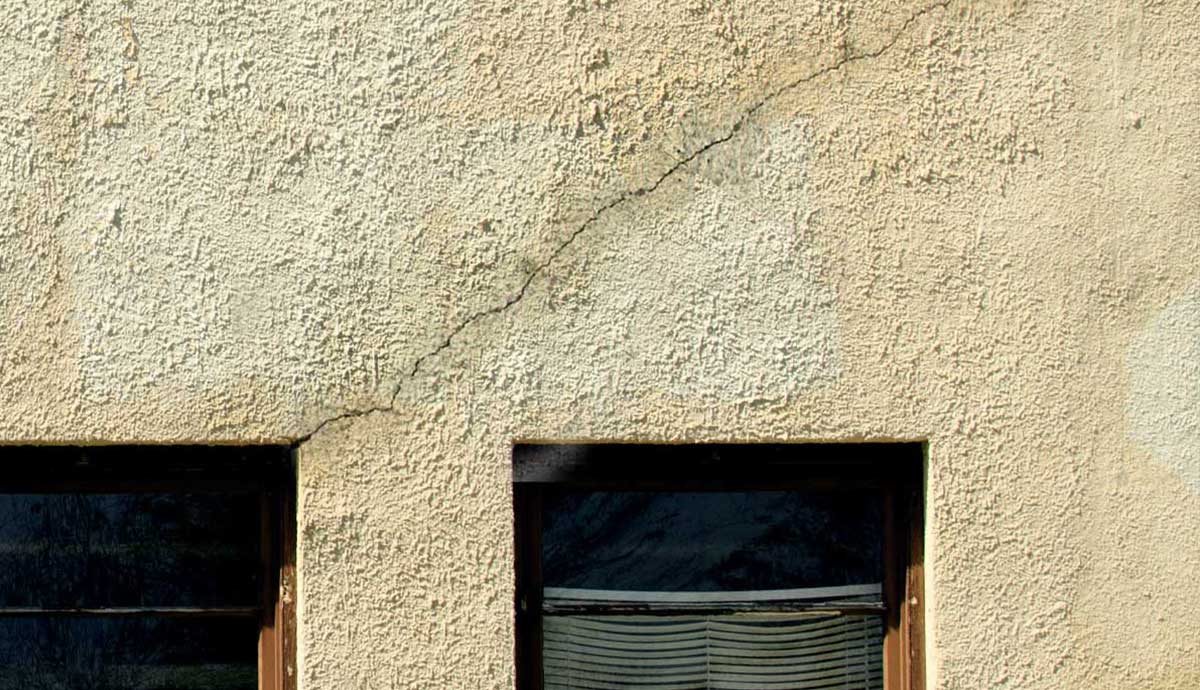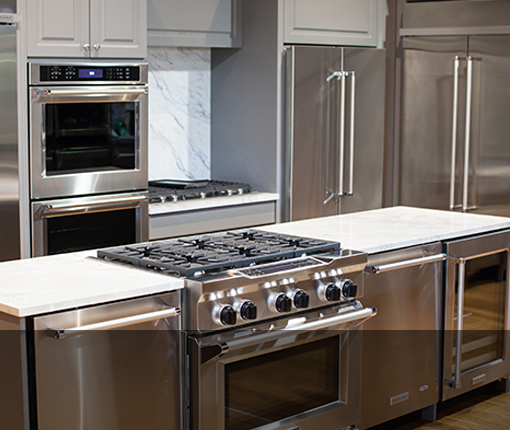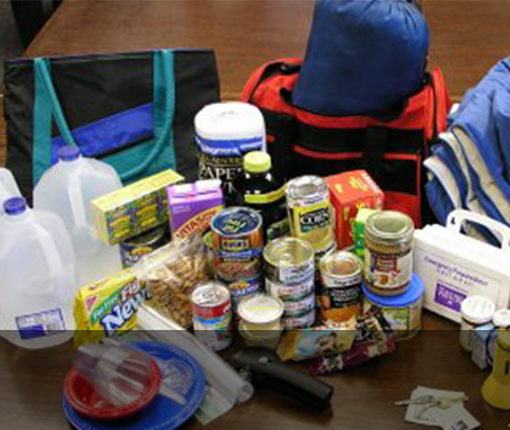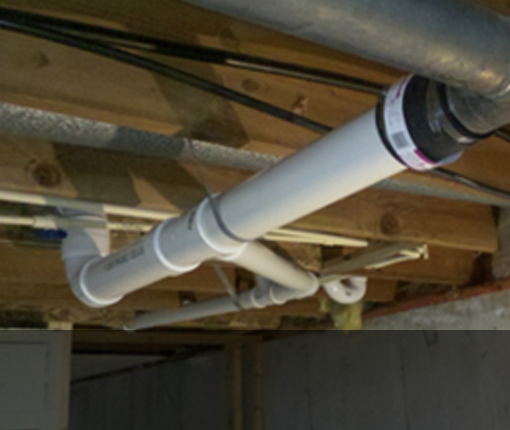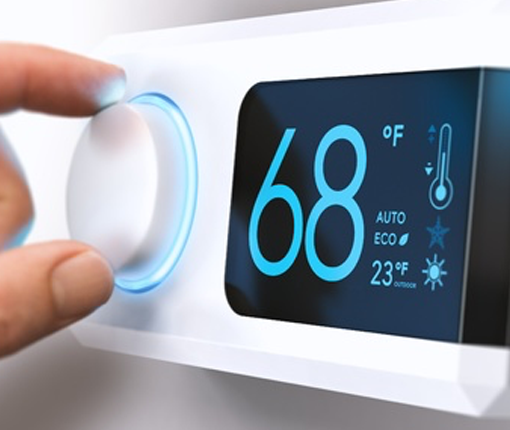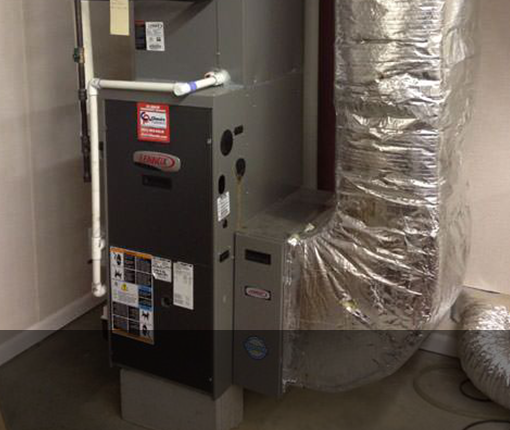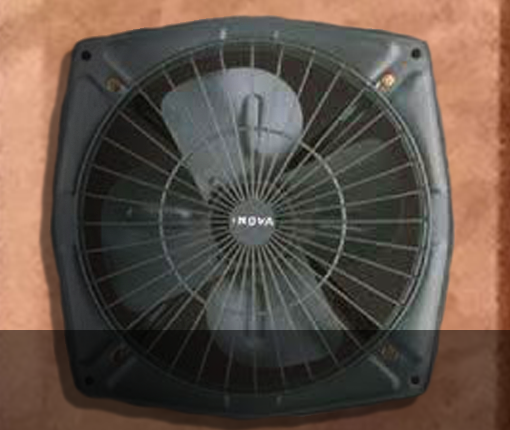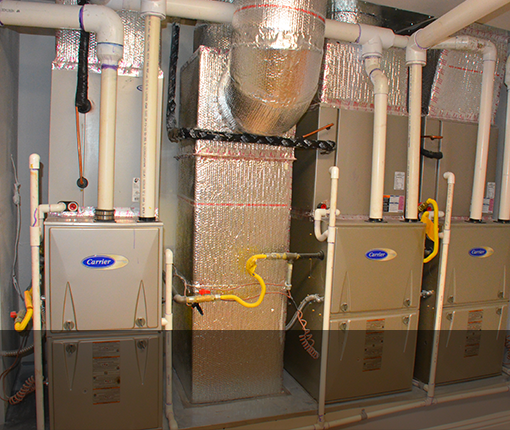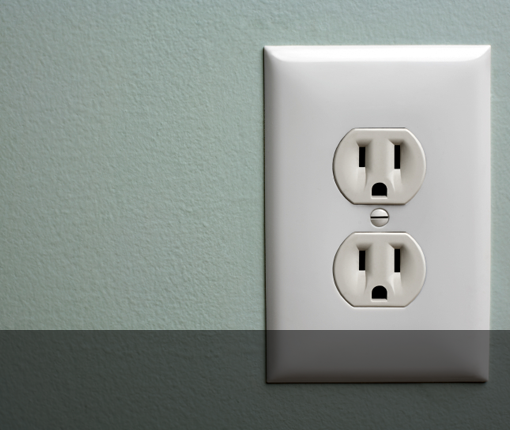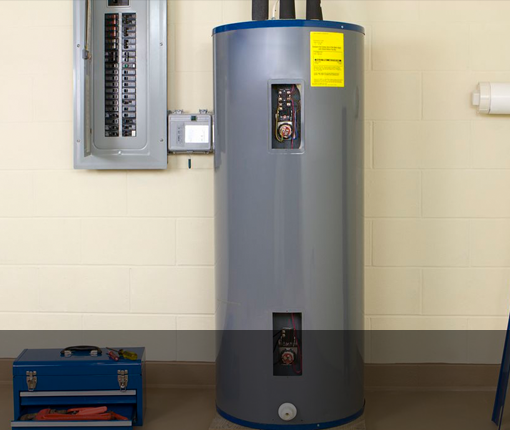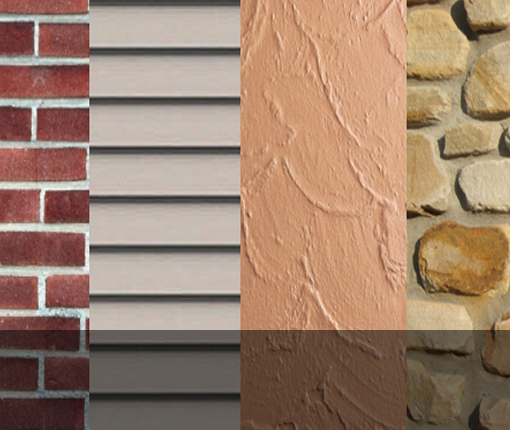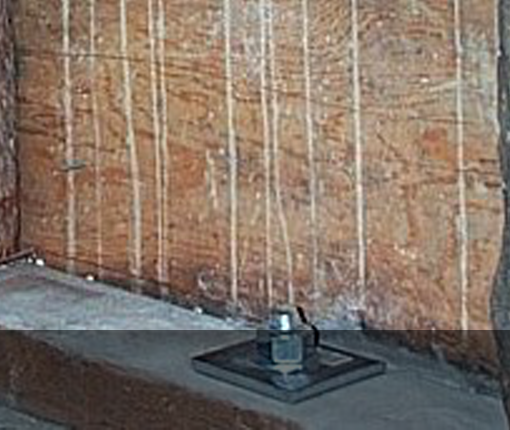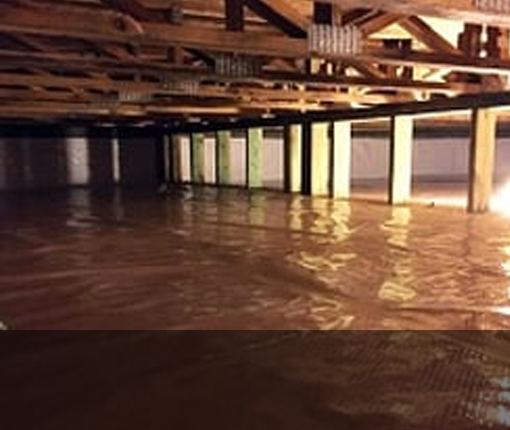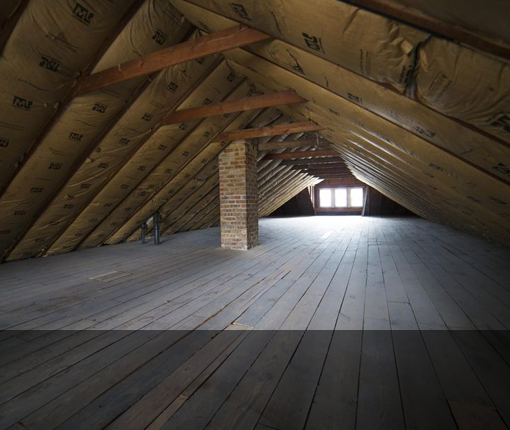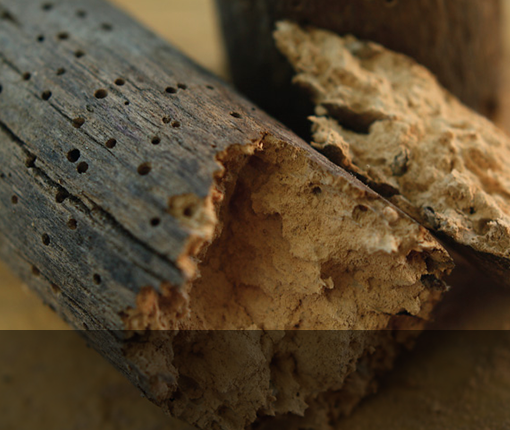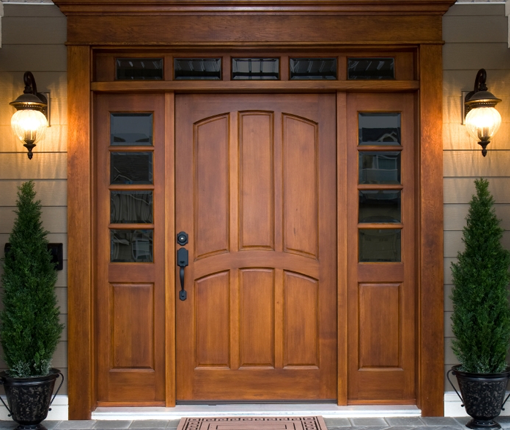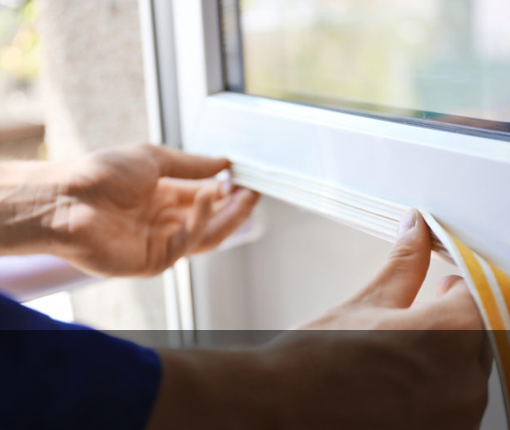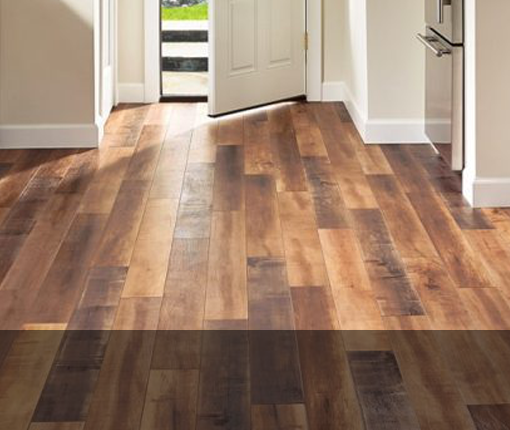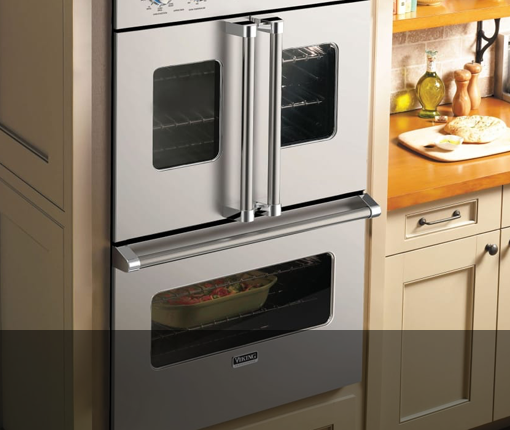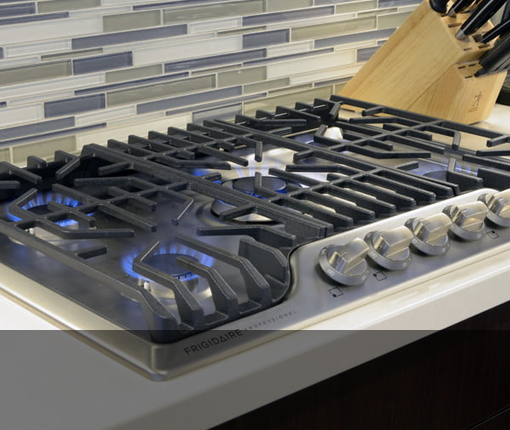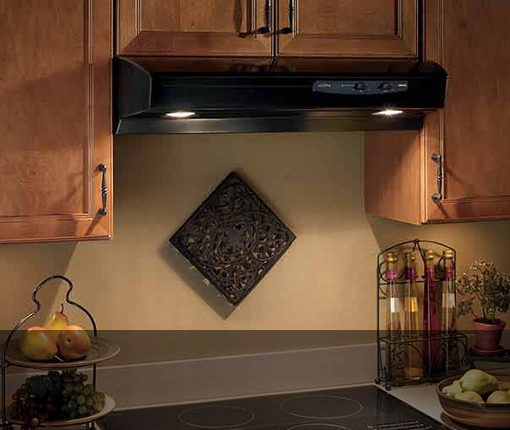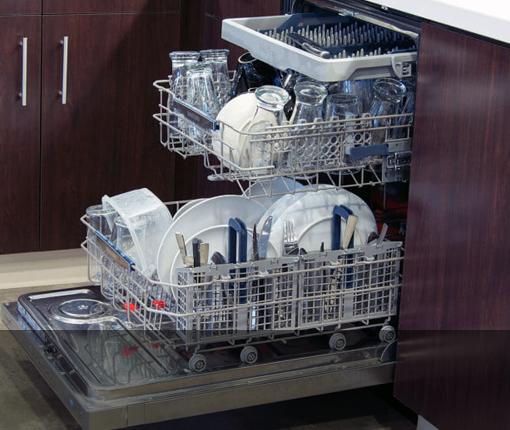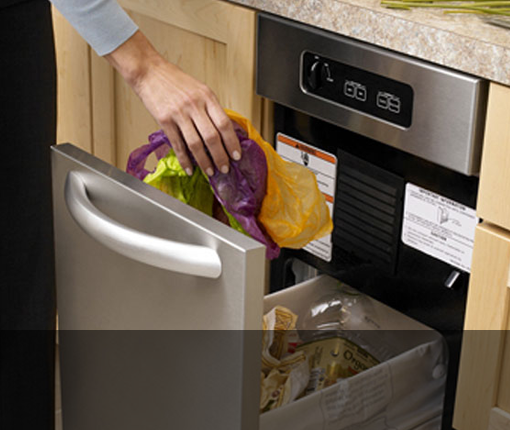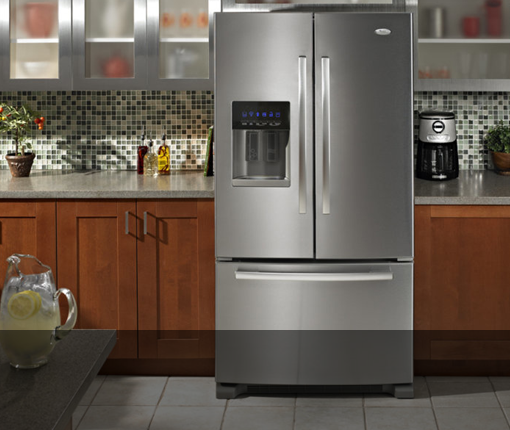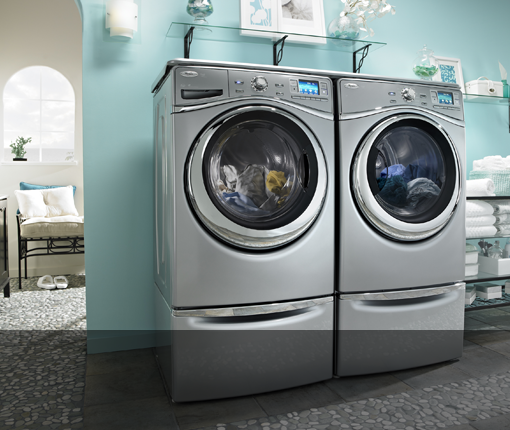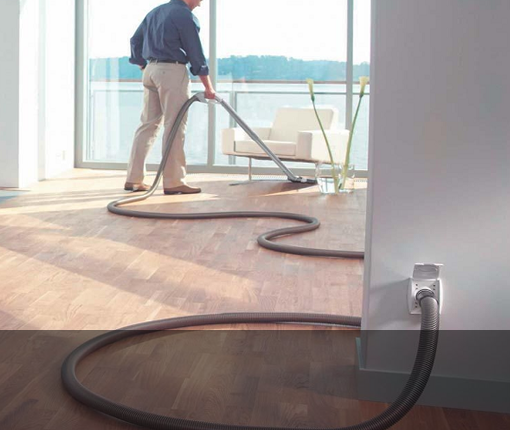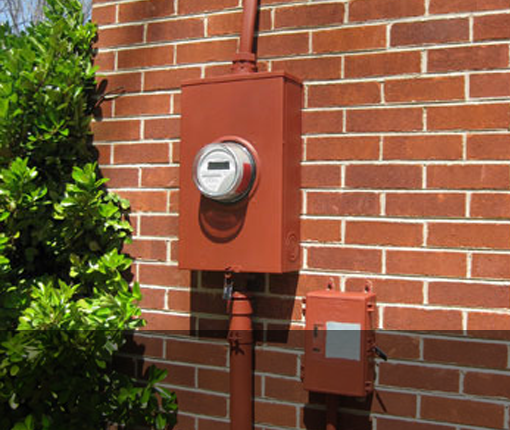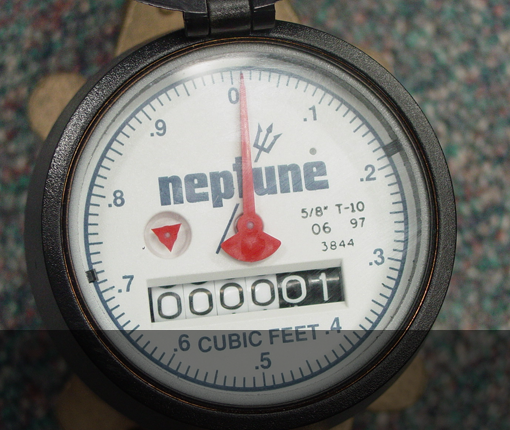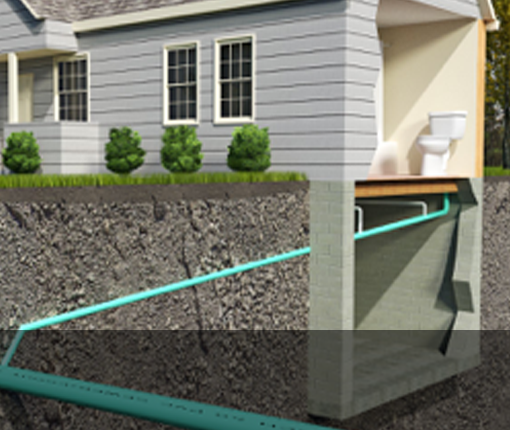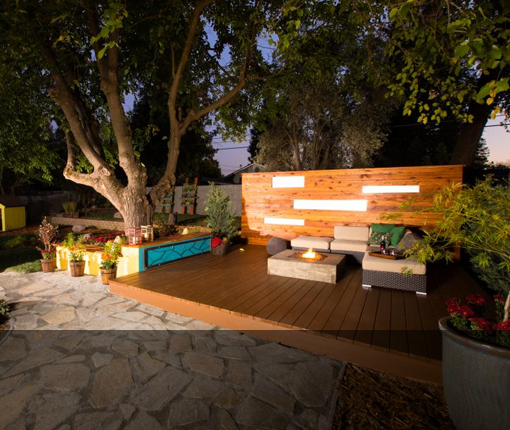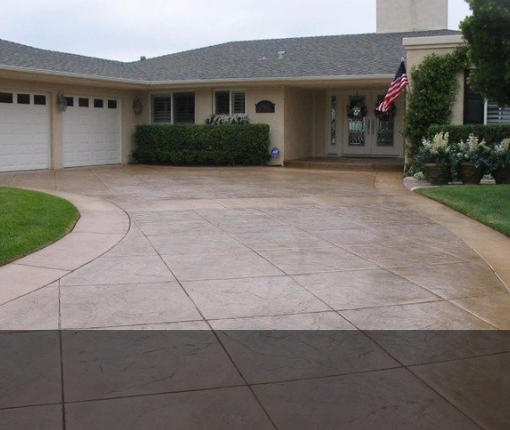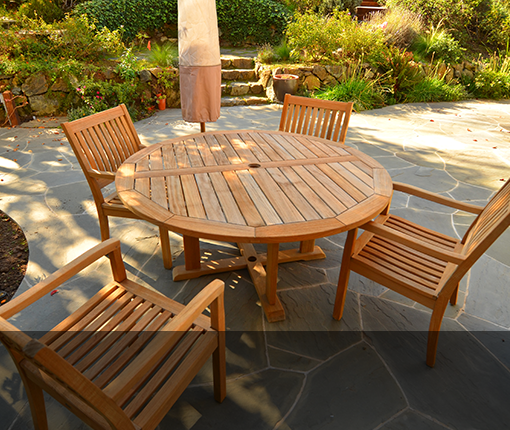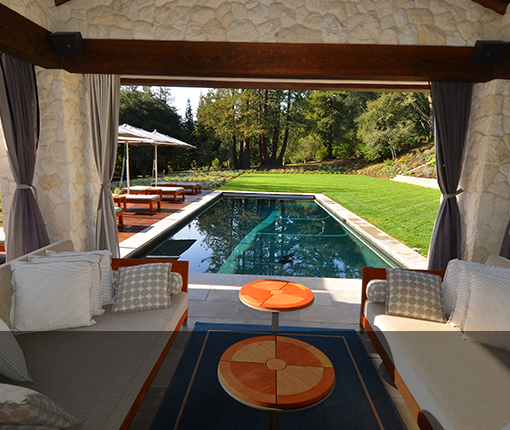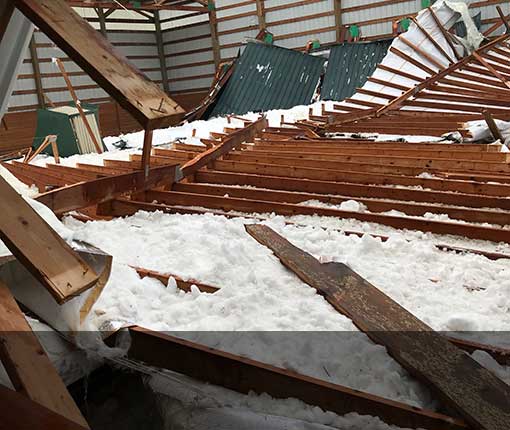Stucco
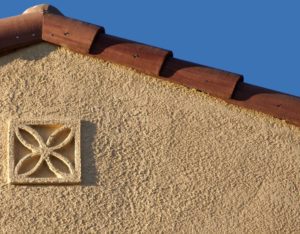
What it is
Stucco is hand-applied cement siding that has been used widely on all types of homes. There are literally millions of structures built in this way. If you have a home with a stucco exterior, here are some things to know about it.
Stucco is an excellent exterior material and is clean looking, hard and extremely durable. It can withstand all sorts of heat, cold, wind and abrasion. The material can be installed on flat planes or it can be rounded or curved to almost any shape. This material is quite attractive and suitable for many architectural styles. It is also very reasonably priced.
Stucco is concrete. As such, it is not unusual for the material to develop cracks. It is especially vulnerable to cracking because it is usually applied to wood structures that can and do flex over time.
Maintenance
- 1x per year: Inspect the finished surface annually for excessive cracking. Repair any loose material.
- Every 2 years: Go over the exterior with a light pressure wash to clean the surface and remove dust and cobwebs. Do not apply pressurized water at areas where there is substantial cracking in the stucco surface.
The Stucco System
The term stucco actually refers to a complete system of waterproof paper, wire mesh, nails, flashing, concrete and labor. The main element of the system is a type of concrete made with a mix of sand, Portland cement, lime and water. The mix is hand applied to the exterior of the home in a series of layers that develop a final thickness of about ¾”-1”. Installers should blend ingredients thoroughly to a “stiff” consistency. The wet mix is then troweled over a wire lattice backed with two layers of special paper. Stucco is not water-proof so the paper layers serve as a moisture barrier separating the stucco siding from the wood framing.
Application
The first coat is called a “scratch” coat and as its name implies, it has a rough surface. The next coat will strongly adhere to the first. The scratch coat is then followed by what’s called a “brown” coat. When the brown coat is dry, the final “finish” coat can be applied. The finish coat is where any texture and color is added by the installer.
For best results the mix must be applied within a temperature range of 40-80 degrees Fahrenheit. See other installation tips below. Proper mixing and application will help minimize cracking. And when it comes to stucco, the fewer cracks the better.
Cracking
Even though it is not water proof, quality applications done with good paint will shed water quite well. It is likely that stucco will eventually develop cracks. These cracks can allow moisture to penetrate behind the system. Once that happens, the only thing preventing massive wood rot is the paper moisture barriers. Because of this, you do not want moisture to get behind the stucco layer. Relying on the waterproofing paper layers behind the stucco is risky. The paper may have damage that cannot be seen that would allow moisture to directly attack the wood framing. And since none of this is visible, the damage can go on for years and become quite extensive.
Stucco cracks are basically inevitable and not necessarily an indication of defects. They can occur from normal movement caused by the house’s wood frame settling/shifting. Shrinkage-induced stresses naturally occur during the stucco drying process too.
Small, tight cracks indicate what you would expect to show up normally. On the other hand, massive cracking, spalling, efflorescence or powdery surface conditions may indicate defects. Wide cracks (larger than 1/8”- ¼”,) or areas of the surface no longer on a flat plane, or if the stucco has come loose and chunks break off of the wire all may indicate structural problems.
It’s best to deal with any cracking right away by sealing them with a proper caulking application.
Ten Tips to High-Quality Stucco
Mixing
- Measure sand and other ingredients carefully and not by the shovelful. Use a uniform quantity like a bucket to measure out the ingredients — one cubic foot is a good size.
- Always mix the ingredients per the manufacturer’s instructions.
- All sand is not the same, only purchase and use clean sand as this makes a big difference in stucco quality.
- If available use a branded stucco mix that is already premeasured in a bag. This reduces the potential for a bad mix.
- Be patient and properly slow-cure (moisture applied) the stucco. The scratch coat should be 3/8” thick, and it should cure for 48 hours before the brown coat is applied. In hot or dry climates or windy weather, keeping the stucco moist during the curing period may require frequent wetting.
- Next, is the brown coat and this must be allowed another slow-cure (moisture applied) of 48 hours. The brown coat should also be 3/8” thick (or per the manufacturer’s recommendations). After the moist-cure is completed, let the entire system dry-cure for 10 days (even though most manufacturers require only five days). Try to keep the system from overheating. Extra curing time improves strength and minimizes cracking.
- The final or color coat should measure at least 1/8” thick, and the overall final assembly should measure no less than 7/8” thick. Some codes may only require a total ¾” thickness, but quality installers agree that’s too thin and will lead to cracking.
- Don’t allow paint to obstruct the weep screed at the base of the wall.
- Don’t rely on any type of paint as a remedy for sealing cracks or avoiding leaks; testing shows that it won’t work. Seal any cracks with caulking only.
- Add flashing at the lower edge (bottom) of stucco walls (below the weep screed) to protect the vulnerable exposed edge of the wood sheathing.



